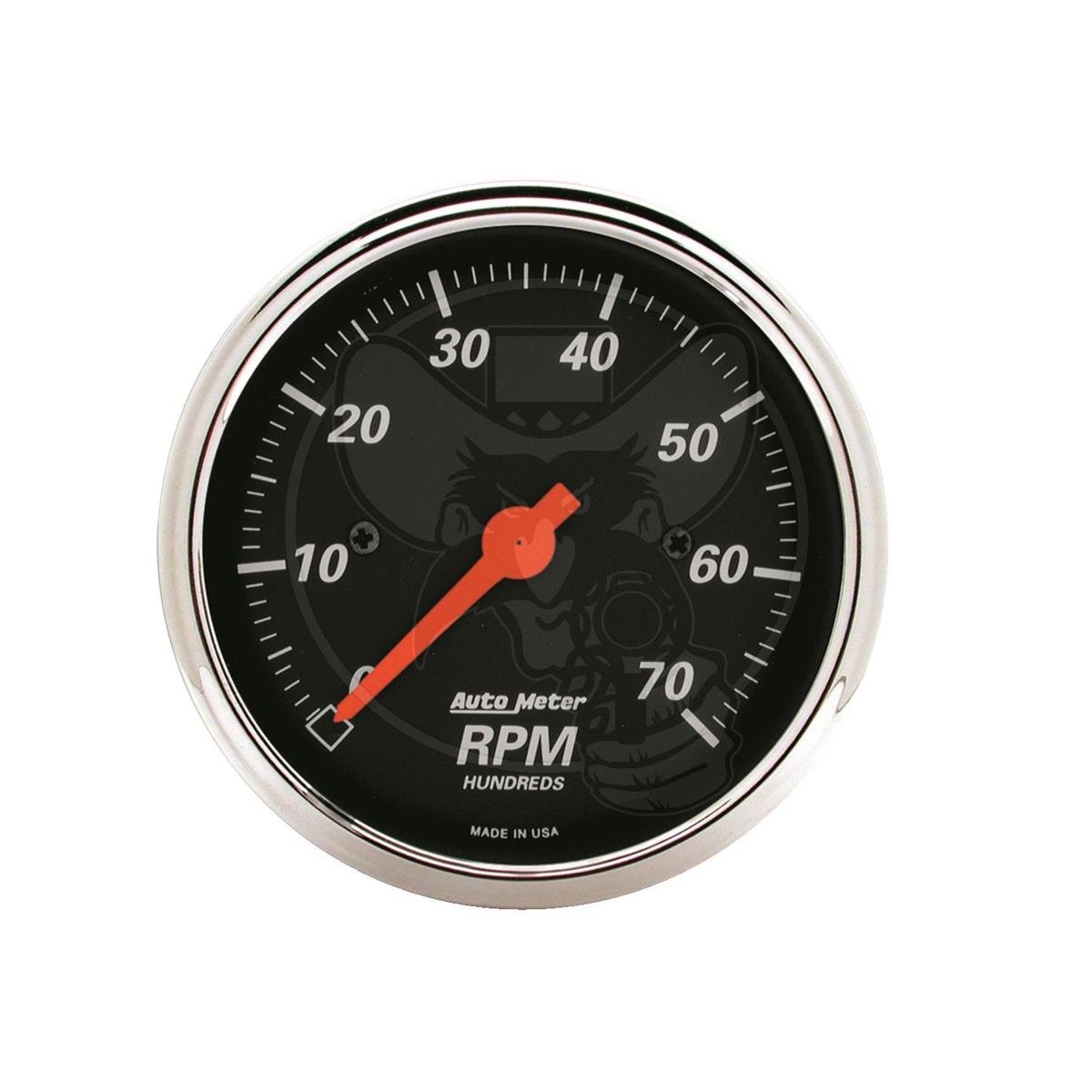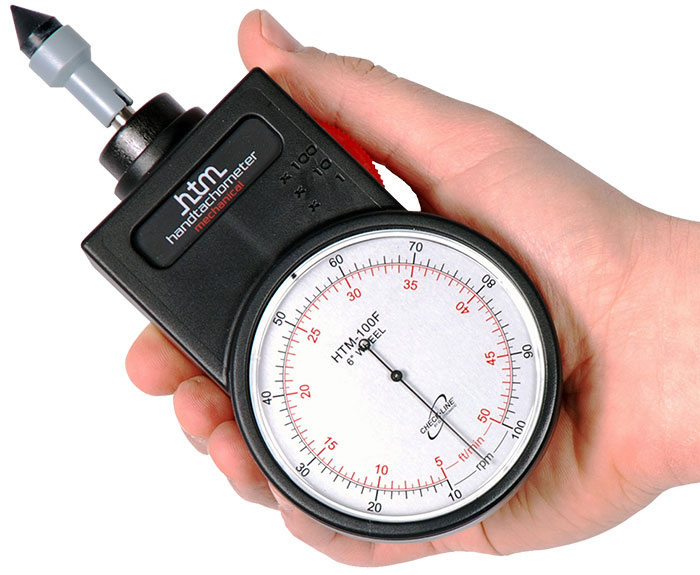How a Tachometer Assists Display Engine Health and Performance
How a Tachometer Assists Display Engine Health and Performance
Blog Article
The Value of a Tachometer in Keeping An Eye On Engine Rate and Performance in Automotive Applications
In the world of automobile design, the tachometer stands as a pivotal tool in the chauffeur's toolbox, providing a straight window right into the internal functions of a car's engine. Past its feature as a simple gauge of transformations per min (RPM), the tachometer offers as an essential tool for enthusiasts and professionals alike, offering real-time insights into engine efficiency and health.
Relevance of Keeping Track Of Engine RPM
Checking engine RPM, or transformations per minute, is a crucial element of vehicle upkeep and efficiency analysis. Engine RPM directly correlates with the speed at which the engine's crankshaft turns, indicating just how rapidly the engine is running - tachometer. By keeping track of RPM, auto mechanics can evaluate the wellness of the engine, discover prospective concerns, and fine-tune performance. An abnormal RPM analysis might signify issues such as engine misfires, damaged trigger plugs, or problems with the gas distribution system. Constantly high RPM readings might suggest hostile driving routines or the requirement for a higher gear shift to improve gas effectiveness.
Furthermore, keeping an eye on engine RPM is necessary for efficiency analysis in auto racing and high-performance lorries. In recap, checking engine RPM is not only vital for discovering problems but also for enhancing engine efficiency in different auto applications.

Benefits of Real-Time Data
In automobile applications, real-time information plays a vital duty in offering immediate insights right into the efficiency and condition of the car. By continuously monitoring different specifications such as engine speed, temperature level, fuel intake, and more, real-time data provides numerous advantages that add to boosted effectiveness and safety and security when driving.
Additionally, real-time information assists in efficiency optimization by providing immediate comments on driving routines and engine performance. Drivers can change their behavior in real-time based on this info to achieve much better fuel economy and lengthen the life-span of their car.

Moreover, real-time data plays an important duty in modern auto diagnostics, allowing professionals to promptly diagnose and address malfunctions. This causes minimized downtime, reduced upkeep expenses, and ultimately, enhanced overall automobile reliability and long life (tachometer). By using the power of real-time data, automobile stakeholders can make informed decisions that positively affect both the performance and long life of the click car
Effect on Equipment Shifts
The tachometer plays a vital duty in optimizing equipment changes by supplying real-time engine speed data to the vehicle driver. When approaching the redline on the tachometer, it indicates the motorist to upshift to prevent over-revving the engine and creating prospective damage.
Moreover, the tachometer help in accomplishing smoother gear transitions, especially in hands-on transmissions. By checking engine rate, see here motorists can perform equipment shifts at the ideal RPM array, decreasing snagging motions and minimizing endure the transmission elements. This precision in gear changes not only enhances driving convenience yet likewise adds to sustain performance.
Enhancing Gas Effectiveness
Provided the important duty the tachometer plays in enhancing gear changes for performance and engine health, it directly adds to making best use of fuel effectiveness in auto applications. By supplying real-time responses on engine speed, the tachometer aids drivers in keeping one of the most reliable RPM range for gas economic situation. When motorists continually keep an eye on the tachometer and readjust their motoring behaviors as necessary, they can stay clear of unneeded fuel intake caused by over-revving or hauling the engine.
Furthermore, the tachometer aids vehicle drivers recognize the most fuel-efficient gear to be in at any given minute, stopping the engine from working tougher than essential. In verdict, the tachometer offers as a useful device in improving fuel efficiency by promoting optimal driving behaviors and identifying locations for improvement in the lorry's efficiency.

Making The Most Of Engine Durability
The tachometer's duty in monitoring engine rate and efficiency is critical this post in making certain the durability of automobile engines. Keeping an eye on the tachometer permits drivers to remain within the suggested RPM array for their automobile, preventing unneeded pressure on the engine and extending its life expectancy.

Conclusion
In verdict, the tachometer plays a critical function in keeping track of engine speed and performance in vehicle applications. By giving real-time data on RPM, it permits reliable equipment changes, boosted gas efficiency, and taken full advantage of engine durability. This device is crucial for maintaining optimum engine performance and guaranteeing the overall capability of an automobile.
Report this page